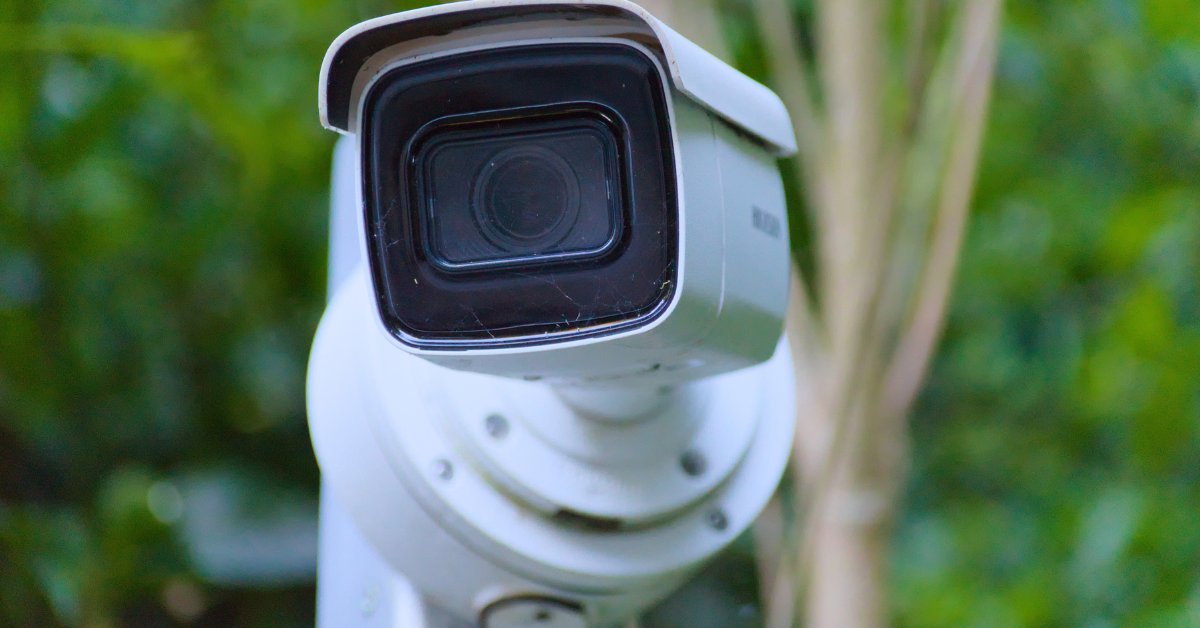Laredo, Texas, is an important player as a gateway for trade and travel between the United States and Mexico. The City of Laredo has installed new bridge camera systems to augment traffic control, ensure safety, and keep up with the smart city vision, to keep up with the increasing cross-border traffic. These cameras provide the administration and the residents of Laredo with a live, clear view of what is going on at major international border-crossing points, thus enabling everyone to stay agile and respond to fast-paced changes with sharper speed and smarter strategies.
Overview of Laredo’s International Bridges
Laredo maintains a number of the major bridges that are directly connected to Nuevo Laredo in the state, Mexico.
- Gateway to the Americas International Bridge (Bridge I): Mainly used by pedestrians and non-commercial vehicles, this bridge links neighborhoods and local tourist zones.
- Gateway to the Americas International Bridge (Bridge I): This bridge mainly connects the adjacent areas and the spots that are easily reachable by people on foot and where non-commercial cars can easily travel through.
- The World Trade International Bridge, commonly referred to as Bridge IV, stands as a vital artery for international commerce. Exclusively reserved for commercial traffic, it plays a pivotal role in driving the movement of freight and container shipments, making it a powerhouse of trade activity along the border.
City officials have installed camera systems at each bridge to track vehicle and pedestrian flow, enabling better traffic supervision.
Key Features of the Bridge Camera System
Travelers and administrators can access Laredo’s bridge camera feeds through the City of Laredo’s website and services like ICBS Ltd. The system offers the following:
- High-Quality Streaming: Sharp, live footage helps evaluate traffic conditions accurately.
- Instant Updates: Users can view up-to-the-minute bridge activity.
- Accessible Platforms: The camera system works smoothly on both mobile and desktop devices.
- Comprehensive Coverage: Each bridge has cameras covering all travel lanes, ensuring complete visibility.
This technology gives stakeholders the tools they need to manage traffic proactively and respond to issues in real time.
Benefits of the Camera System
1. Better Traffic Control
City personnel can monitor patterns, spot congestion quickly, and make adjustments, such as changing lane direction or rerouting vehicles, especially during busy hours.
2. Time-Saving for Travelers
Commuters and truck drivers can view current traffic levels before choosing a bridge. This helps reduce delays and allows better route planning.
3. Stronger Public Safety
Emergency response teams can act faster by using real-time camera footage to locate incidents and dispatch help where needed.
4. Support for Urban Development
Officials can analyze collected data to shape future infrastructure investments, such as bridge expansions or new traffic lanes.
Contribution to Laredo’s Smart City Goals
These bridge camera systems are a key component of Laredo’s evolving smart city strategy. They contribute by:
- Speeding Up Emergency Response: Live visuals enable quick decision-making and targeted action.
- Boosting Trade Efficiency: For commercial vehicles, quicker processing and reduced idle time lead to smoother freight movement.
- Informing City Planning: Traffic data provides a foundation for smarter, evidence-based policies.
Data Security and Privacy Safeguards
Laredo has implemented strict measures to ensure the system respects privacy and security protocols:
- Encrypted Data Transfer: Prevents interception and misuse.
- Controlled Access to Feeds: Only authorized personnel can view or manage video content.
- Routine System Audits: Regular checks prevent unauthorized access and maintain system integrity.
- Compliance with Legal Standards: The city follows state and federal guidelines to protect public trust.
Challenges to Consider
While the system delivers clear benefits, it also presents a few challenges:
- Maintenance Costs: Upgrading and maintaining the system requires consistent funding.
- System Downtime Risks: Technical issues during peak hours could impact effectiveness.
- Privacy Concerns: Transparent policies and communication are essential to reassure residents about surveillance use.
Conclusion
Laredo’s bridge camera systems are one of the examples that the city is trying to reach the next level in urban management. Providing a better traffic management service, improving city safety, and supporting innovative infrastructure planning are the utilities these devices can offer; thus, the city turns into a smarter city while still reflecting its progress. The camera systems are going to continue to be Laredo’s transportation and cross-border trade management tool in the rapidly modernizing city.

No responses yet